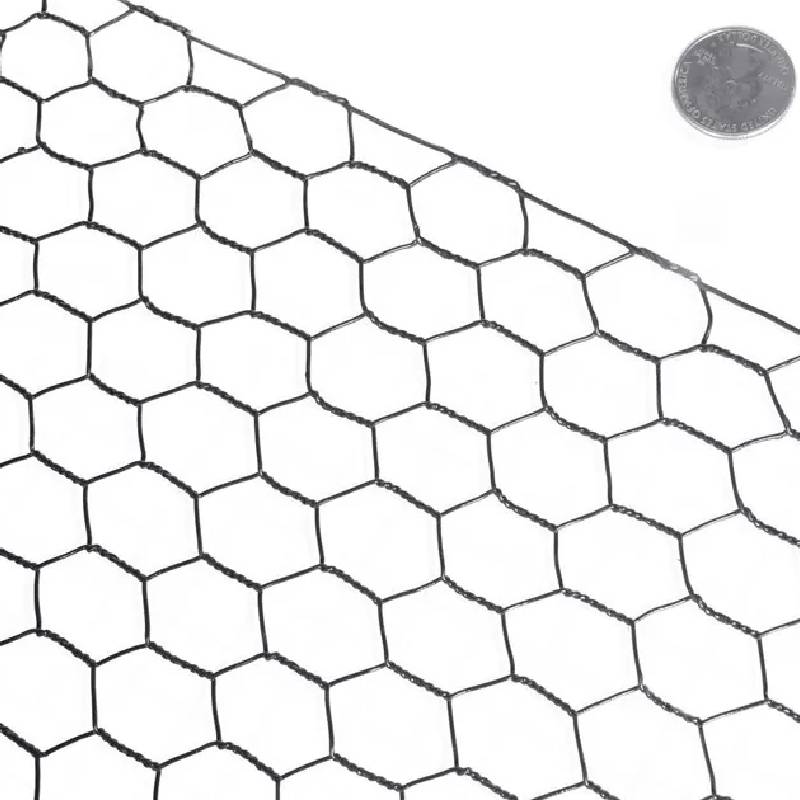
- Mobile Phone
- +8613931874955
- sales@cntcmetal.com
Innovative Design and Applications of Reinforced Concrete Mesh Panels for Structural Strength and Durability
The Versatility and Applications of Concrete Reinforced Mesh Panels
Concrete reinforced mesh panels have revolutionized the construction industry, paving the way for more efficient and durable building solutions. These panels, composed of a grid of steel mesh embedded within concrete, combine the strength and resilience of both materials. This article delves into the benefits, applications, and innovations associated with concrete reinforced mesh panels.
Strength and Durability
One of the primary advantages of concrete reinforced mesh panels is their exceptional strength. The embedded steel mesh provides tensile strength that concrete alone cannot achieve. This combination allows the panels to withstand considerable loads and resist impacts, making them ideal for structures subjected to heavy stresses, such as commercial buildings, bridges, and retaining walls.
Moreover, the durability of these panels is noteworthy. They are resistant to various environmental factors, including moisture, temperature fluctuations, and corrosive elements, thereby reducing maintenance costs and extending the lifespan of the structures in which they are used. This longevity is particularly beneficial in regions prone to harsh weather conditions.
Efficient Construction
The use of concrete reinforced mesh panels significantly enhances construction efficiency. These panels can be prefabricated off-site, allowing for quicker assembly on the construction site. This not only accelerates the building process but also decreases labor costs and minimizes material waste. Prefabrication ensures that the panels are manufactured under controlled conditions, leading to higher quality and consistency.
Additionally, their lightweight nature compared to traditional concrete blocks simplifies transportation and installation, further contributing to construction efficiency. The versatility of using concrete reinforced mesh panels allows architects and engineers to explore innovative designs without sacrificing safety or structural integrity.
concrete reinforced mesh panels

Diverse Applications
Concrete reinforced mesh panels are versatile and can be used in various applications across multiple sectors. In residential construction, they are often used in foundation elements, walls, and floors, providing an excellent balance between strength and lightness. In commercial and industrial settings, these panels are utilized for creating partitions and load-bearing walls, as well as in the construction of warehouses and manufacturing facilities.
In civil engineering, they play a crucial role in the construction of bridges, tunnels, and roadways. Their ability to withstand heavy loads and environmental pressures makes them an ideal choice for infrastructure projects. Moreover, landscape architects are increasingly employing these panels in retaining walls and erosion control structures due to their aesthetic adaptability and functional capabilities.
Sustainability and Eco-Friendliness
As the construction industry moves towards more sustainable practices, concrete reinforced mesh panels stand out as an eco-friendly option. The use of recyclable materials in their production reduces the overall carbon footprint. Furthermore, their durability means that structures built with these panels require fewer resources for repairs and replacements over time, promoting a more sustainable lifecycle.
Additionally, innovations in concrete technology, such as the incorporation of recycled aggregates and eco-friendly additives, further enhance the sustainability of these panels. As the demand for sustainable building solutions continues to grow, concrete reinforced mesh panels are poised to play a significant role in future construction practices.
Conclusion
Concrete reinforced mesh panels represent a significant advancement in construction technology, offering a unique combination of strength, durability, and efficiency. Their diverse applications across various sectors, coupled with their potential for sustainability, make them an invaluable resource for modern construction projects. As the industry continues to innovate, these panels will likely remain at the forefront of building solutions, shaping the future of architecture and engineering.
share:
-
Your Source for Concrete Wall Ties and Masonry AccessoriesNewsJul.10,2025
-
Unlocking the Power of Iron Wire for Every ProjectNewsJul.10,2025
-
Explore Advanced Chain Wire and Stainless Steel Mesh FencingNewsJul.10,2025
-
Discover the Benefits of Annealed Wire ProductsNewsJul.10,2025
-
Discover China Stainless Steel Wire Mesh SolutionsNewsJul.10,2025
-
Build with Confidence Using High-Performance Masonry AccessoriesNewsJul.10,2025
-
Why Sacrificial Formwork Is Redefining Underground ConstructionNewsJun.06,2025



















